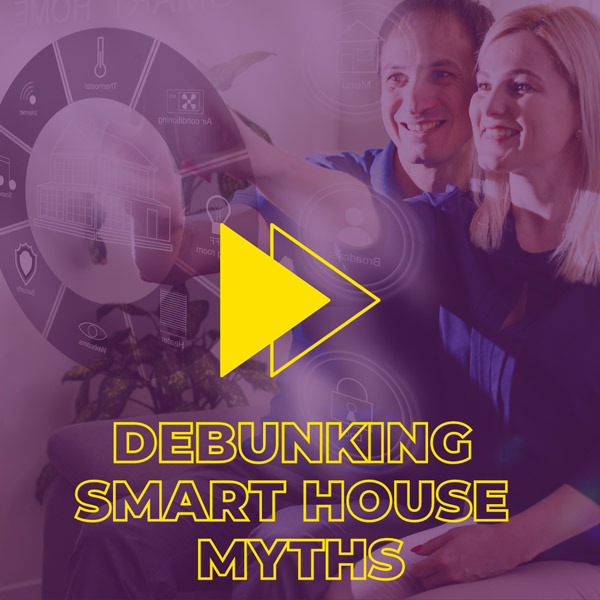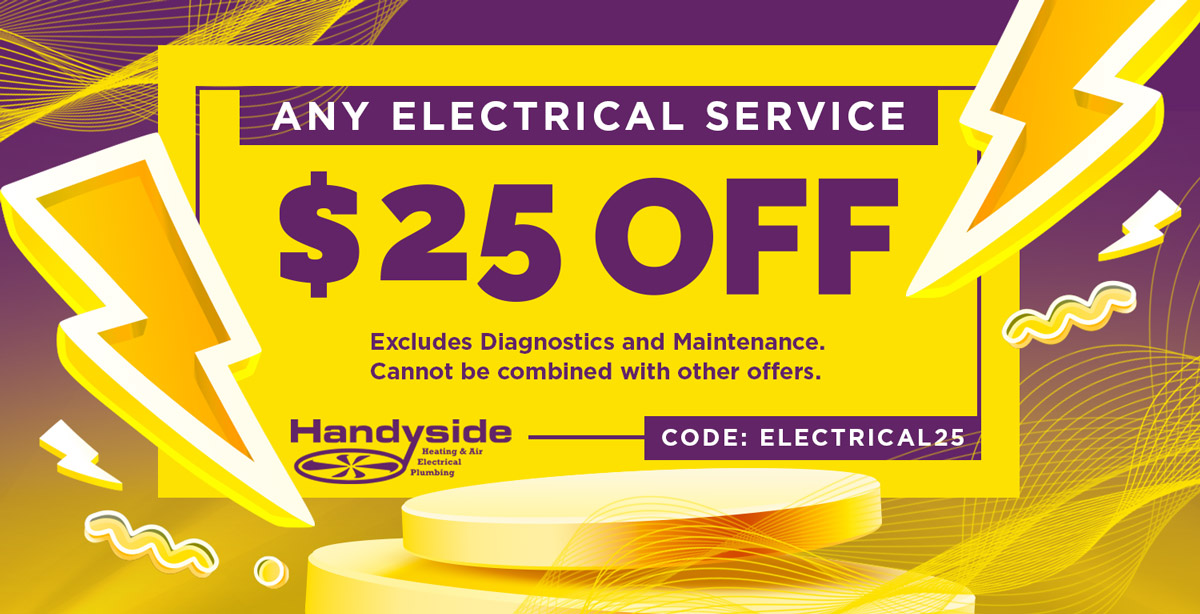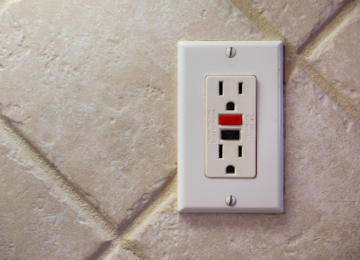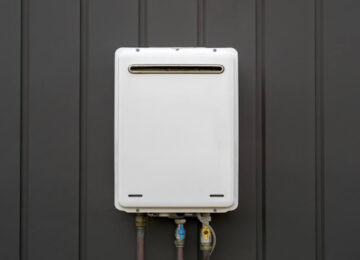Have you ever wondered about the reality behind smart homes? Smart homes utilize technology and intelligent devices to maintain, run, and protect your living space. However, there are several myths surrounding this innovative technology. Let’s debunk some of these misconceptions right here!
All Flash, No Substance
Just like 3D movies, sneakers that light up, and anti-radiation underwear, smart home technology is often dismissed as flashy and impractical. Yet, this couldn’t be further from the truth.
Take the Nest smart thermostat, for instance. With its programmable features and auto-away function, it’s revolutionizing home heating and cooling, leading to significant savings for users. Contrary to popular belief, there’s real value in much of the smart technology available for your home.
Unsafe
Another prevalent myth surrounding smart technology revolves around safety concerns within the home. Many fear that smart cameras may compromise privacy by recording intimate moments or transmitting personal data to companies for targeted marketing purposes. Additionally, there is concern about the vulnerability of smart devices being hacked by malicious individuals, potentially compromising the security of your home.
While some products and isolated incidents have raised privacy concerns, it’s important to acknowledge the wide variety of products available in the market. Consumer vigilance is crucial. Furthermore, advancements in technology have led to robust security features, and homeowners can implement additional measures or rely on our Handyside professionals to enhance protection for their homes.
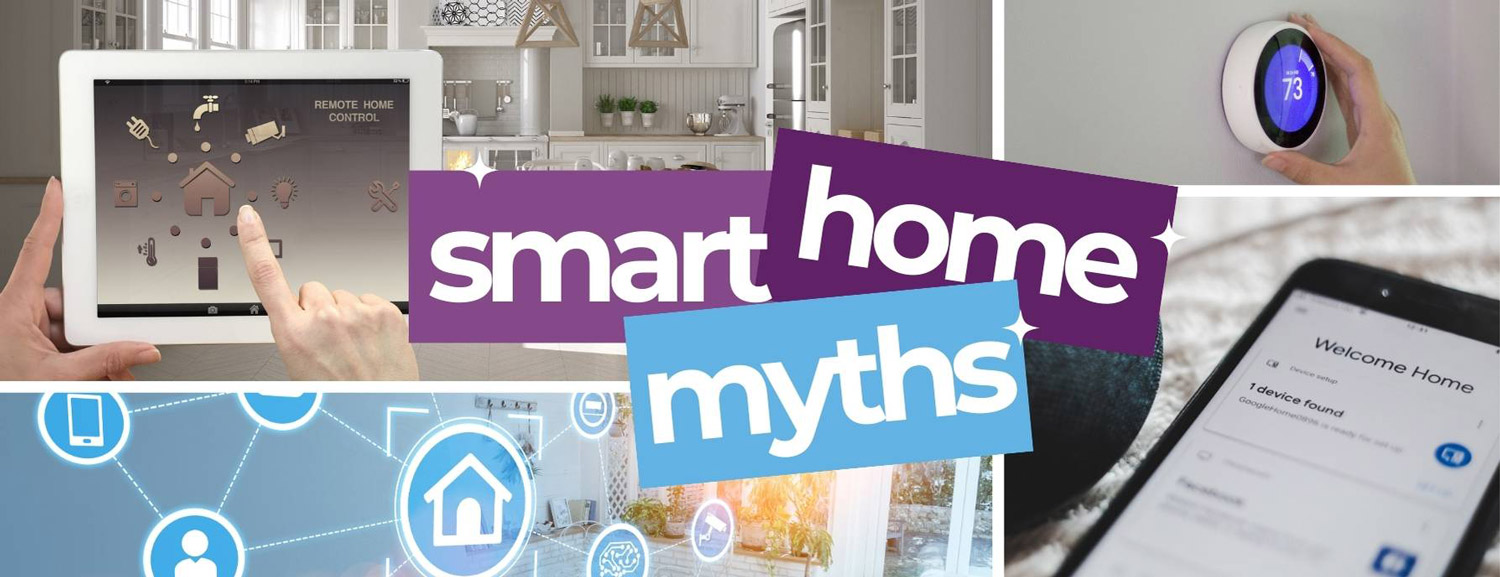
Expensive
One aspect many people struggle with is the belief that smart technology is unaffordable. We often associate high costs with the latest gadgets like smartphones, tablets, and smartwatches, leading us to expect the same for smart home devices.
However, most smart home technology serves as an extension of the tech already present in our phones. From light bulbs to door locks, many devices simply require downloading an app and syncing it with our phones. Additionally, the price difference between a regular light bulb and a smart bulb is often minimal.
Furthermore, smart technology offers benefits such as remote control, allowing users to save money in the long run by managing energy usage, especially when away from home or on vacation.
Contrary to popular belief, creating a smart home doesn’t have to be expensive, confusing, or unsafe. Exploring available technologies can not only simplify our lives but also help us save money in the process!
![Smart House Myths: 3 Things You Should Know Have you ever wondered about the reality behind smart homes? Smart homes utilize technology and intelligent devices to maintain, run, and protect your living space. However, there are several myths surrounding this innovative technology. Let’s debunk some of these misconceptions right here! All Flash, No Substance Just like 3D movies, sneakers that light up, and […]](https://handysideinc.com/wp-content/uploads/2024/02/Smart-House-Myths-Handyside-750x420.jpg)
